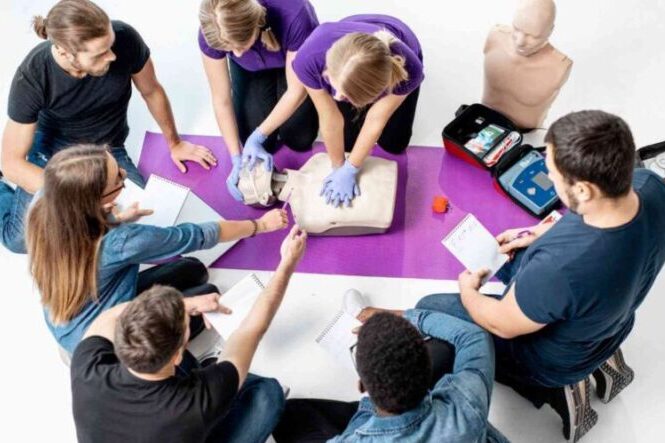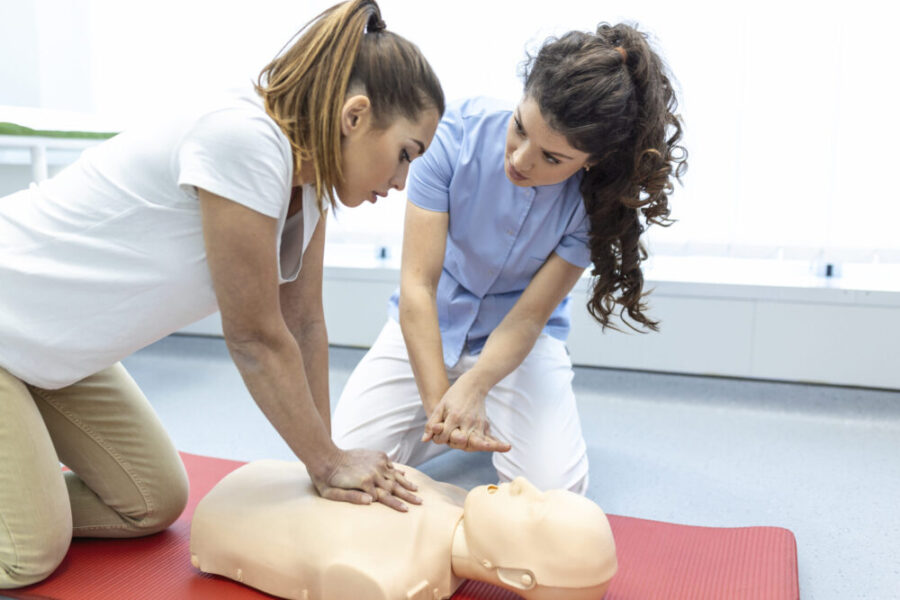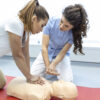A Step-by-Step Framework for Learning First Aid Techniques
First aid is a crucial skill that empowers you to take immediate action when someone is injured or unwell. However, the idea of learning first aid can seem daunting, especially if you’re unsure where to begin. This guide will walk you through a simple, step-by-step framework for learning first aid techniques. For more information, check out MyCPR NOW.
Step 1: Set Clear Learning Objectives

Source: thefirstaidnest.com.au
Learning first aid isn’t just about watching a few videos and calling it a day. To ensure you retain what you learn and can apply it under pressure, you need clear objectives.
Identify the Core Skills
First, identify the most critical first aid skills you need. These typically include:
- CPR (Cardiopulmonary Resuscitation)
- Basic wound care
- Choking relief techniques
- Handling fractures and sprains
- Recognizing and treating shock
- Dealing with burns
Understand the Context
Consider where you’re most likely to use first aid. For instance, if you have young children, focus on pediatric first aid techniques. If you’re in a workplace with potential hazards, emphasize injury-related first aid. Tailoring your learning to your environment makes it more relevant and memorable.
Set Milestones
Break down your learning journey into milestones. For example:
- Week 1: Master CPR and choking relief
- Week 2: Learn basic wound care and treating burns
- Week 3: Focus on fractures, sprains, and shock
Setting milestones keeps you motivated and allows you to track your progress.
Step 2: Choose the Right Learning Resources

Source: stopheartattack.com
The internet is overflowing with first aid resources, but not all of them are created equal. To make the most of your learning experience, choose high-quality, reliable resources.
Online Courses
Online courses are a fantastic way to learn first aid at your own pace. Platforms like the American Red Cross, St. John Ambulance, and the British Red Cross offer comprehensive courses that are well-structured and easy to follow.
In-Person Classes
For hands-on learners, in-person classes provide a more interactive experience. You’ll practice techniques under the guidance of certified instructors and get immediate feedback. These classes often simulate real-life scenarios, which is invaluable for building confidence.
Books and Guides
Sometimes, the old-school method of reading is the best way to absorb information. Look for books and guides from reputable organizations. “First Aid Manual” by the British Red Cross and “American Red Cross First Aid and Safety Handbook” are great choices.
Apps and Videos
For quick refreshers or learning on the go, apps like “First Aid by British Red Cross” and “Red Cross First Aid” are excellent. Additionally, YouTube channels by certified organizations offer visual demonstrations that can make learning more engaging.
Step 3: Learn, Practice, Repeat

Source: google.com
Learning first aid is a process. Just like any other skill, practice is key to mastery.
Start with Basics
Begin with the basics like CPR, choking relief, and wound care. These are the most commonly needed first aid skills and form the foundation of your knowledge.
Practice Regularly
Don’t just learn; practice. Find a willing partner (or use a mannequin if you have one) to practice CPR and choking relief techniques. Use bandages to practice wound care. The more you practice, the more confident you’ll become.
Simulate Real Scenarios
Put your skills to the test by simulating real scenarios. For example, practice treating a burn while under the pressure of a ticking timer. Or, have someone surprise you with a “mock” injury that you need to treat. This kind of practice helps you think on your feet and respond effectively in actual emergencies.
Review and Refresh
Skills can fade over time, especially if you don’t use them frequently. Schedule regular refreshers to keep your knowledge sharp. Revisit your courses, re-read key chapters in your guides, and continue practicing regularly.
Conclusion
Learning first aid is not a one-time task but a lifelong commitment. The skills you acquire could one day save a life, and that’s an incredibly powerful reason to keep learning, practicing, and sharing.



















